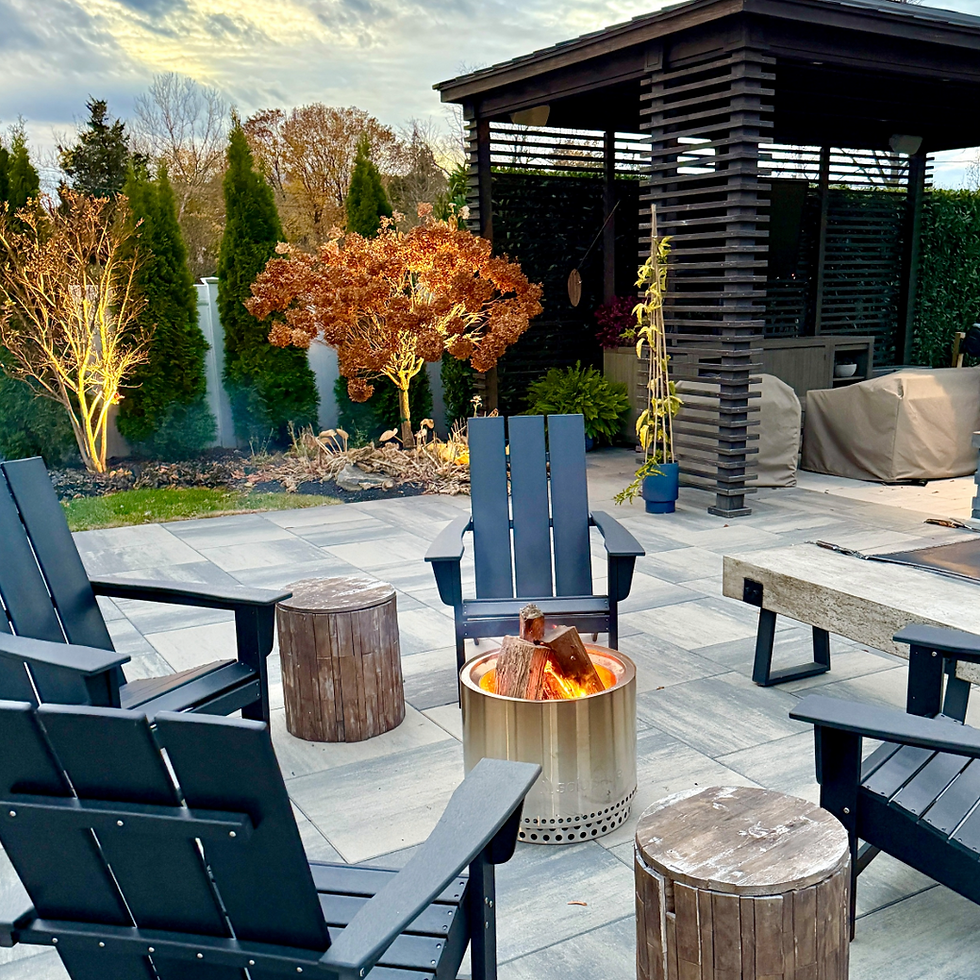How to Care for Your Carnivorous Plant
- Rebekah
- Oct 15, 2020
- 4 min read
Updated: Jan 9
We began offering carnivorous plants recently at the garden center! They are aptly named "little pot of horrors". They've been flying off the shelves (well, table, actually) and I told my own children about them. My 3 kids (all elementary age) were really interested in learning how a Venus Flytrap and pitcher plants work, and do they really catch flies and various small bugs. After having an in-depth conversation at the dinner table about the subject (on bug-eating plants; hey, we keep it real around here), I decided to purchase a "little pot of horrors" to teach the kids about these important plants.
Carnivorous plants require a little bit different care than other indoor plants, but they are SO COOL that they are worth the little-bit-o'-extra TLC. So, let's learn how to care for these amazing plants, shall we!
1. They need to be planted in plastic pots or completely glazed pots.
The carnivorous plants we are offering are in small plastic pots. If you want to re-pot yours, use another plastic pot or a completely glazed one. Many glazed pots are glazed on the outside but not the inside. That won't work for carnivorous plants- it's all (glazed) or nothin' for them, but plastic is absolute best. Terra-cotta pots are a no-no also. The pot should have at least one hole in the bottom. The size of the pot should be proportional to the plant. Small to medium-sized Venus Flytraps will grow well in a 3" pot, but large or extra-large plants will need a 4" or 6" pot. Most pitcher plants will do fine in a 4" pot.

2. If you re-pot yours (which you do not need to when you purchase, only if / when it outgrows its pot), use an approximately equal ratio of sphagnum peat moss and horticultural sand.
If you cannot find horticultural sand, playground sand will work fine, also, but avoid contractor sand and do not use beach sand ( we Middle Tennessee'ers wouldn't usually first think to use beach sand, as we do not live anywhere near a coast, but we wanted to mention it just in case anyone was saving some from a beach vacation (!)). Be sure to check the peat moss for "sphagnum". Other types of peat moss (such as sedge) will not work. Regular potting soil does not work because of the minerals and fertilizers in it- it will eventually kill your carnivorous plant. In nature, carnivorous plants are found in soils that are less than desirable- you are re-creating this natural environment for them through the sphagnum peat moss and horticultural sand.
3. Use rainwater or distilled water to water your carnivorous plants.
Always using mineral-free water, as these two mentioned, is crucial to the health of these plants. Try keeping a bucket near the downspout to collect rainwater. Distilled water can be purchased at the grocery store in a gallon-size jug. Avoid using bottled water and tap water, as there are simply too many minerals in them. Carnivorous plants grow in nutrient-poor soils. The minerals from tap water can "over-fertilize" and "burn out" the plants.
4. Carnivorous plants need their soil to stay consistently wet.
Succulents, cacti, and many other plants like to get wet and then dry out their roots- not so with carnivorous plants. They will need frequently watered to ensure their soil is always damp.
5. They love bright sunlight.
If you have a south-facing window you can place them near, they will bask in it. They also love humidity, so if you have a bathroom window that gets plenty of bright light, they would love that extra steam from the shower. If you have no windows in your bathroom or they do not let in enough light (as I do not!), a bright, sunlit room will work great. You can opt to grow your carnivorous plants in an open terrarium, also, if you'd like, for added humidity (just keep an eye on the opening size of the terrarium- you want it large enough so the plants do not mildew), but honestly, keeping their soil consistently wet should be all the added humidity the plant needs indoors.
6. In late spring after the threat of frost, you can opt to bring your carnivorous plant outside on a covered back porch, or screened in porch.
It will appreciate the humidity we receive but will enjoy bright, indirect sunlight outside. Direct sunlight on it could damage its leaves. Continue to water regularly. Be sure to bring it back indoors well before the threat of frost again in fall.
7. You normally do not need to fertilize carnivorous plants.
By following these above steps, they can usually catch enough bugs and stay healthy on their own. Most carnivorous plants only need a couple of insects per month to thrive. Never feed your plant store-bought meats or any "people food". But if you see a perished fly in your windowsill (as we did in ours), feel free to feed it to your plant baby.



